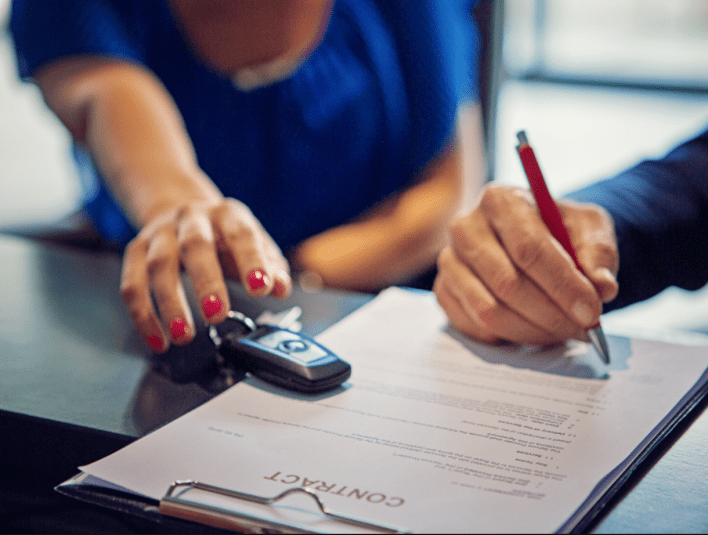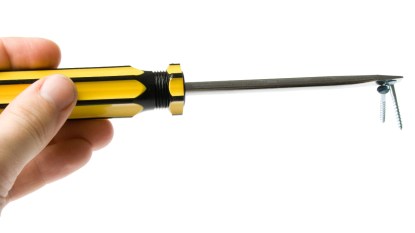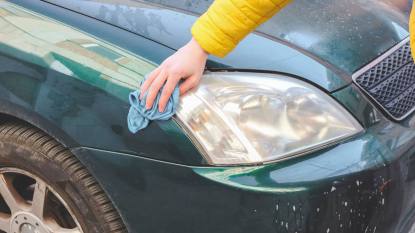7 Things to Consider If You’re Torn Between Buying or Leasing a Car in Your 50s

Your parents bought their cars, your siblings buy their cars, and you buy your cars — and there’s no real reason to change, right?
Actually, that could be wrong. Although leasing isn’t right for everyone, there are plenty of benefits — which can save you thousands of dollars — that you may not realize.
“What people were introduced to 30 years ago made a last impression,” says Matt Jones, senior consumer Advice editor at Edmunds and a former car salesperson. “If you [or someone you knew] were buying cars in the 1980s, leasing was thought of as a terrible thing. But that isn’t true now.”
Leasing makes excellent financial sense and actually can be a boon to the physical health of some drivers, especially those aged 50 and over, say industry insiders. That’s supported by industry data that shows that for the past several years, about 30 percent of shoppers lease instead of buying new cars.
Again, though, leasing isn’t right for everyone. To determine if it’s right for you, ask yourself these questions.
1. How much do you drive every year?
If you only drive short distances — no regular long distance trips —you may want to consider leasing. Lease agreements require drivers to limit the annual mileage to about 12,000to 15,000. You can drive farther, of course, but you’ll pay a high price (25 cents per mile, in some cases). “You need to really think about your driving habits,” said David Bennett, manager of automotive programs at AAA. “If you drive a lot of miles, you don’t want to lease. You’ll pay 20-25 cents per mile after that, and it can add up.” You also don’t want to find yourself close to the mileage limit a few months before the lease ends and have to refrain from driving.
2. Do you want to try before you buy?
“People ramping up for retirement may want to be conservative with their money,” says Jones. “Most people don’t equate leasing with being financially conservative, but it can be.” Those that lease can try the car for several years before they commit to buying it. If they drive it and don’t like it — or perhaps develop physical — they can often buy out their leases for a reasonable price. And if they love the car, they usually can buy it for not much more than if they had originally chosen to purchase it.
Jones offered this example: If someone leases a Toyota Yaris, they may pay $200 a month. If they drive it for a year and don’t like it, they would be penalized two years’ payments, or $4800. If they had purchased the car outright — the lowest end subcompact model lists for just under $16,000 — they would need to resell it. Most of the depreciation on a car happens in the first year. That means if the owners wanted to sell it then, they would be “upside down” — meaning thet’d owe $7,000 more than on the car than it is worth. “That is a very costly mistake to make if they want to get out of the car,” says Jones.
3. Do you worry about the overall expense of a new car and service?
Those that lease limit the amount they will pay for service, says Stephanie Cooper, the financial services manager at Timbrook Automotive Group in Cumberland, Maryland. “The customer’s expenses are limited to maintenance and wearable items, since the vehicle is usually under factory warranty. The payments can be lower than purchasing and more beneficial to people on a fixed income or near retirement,” she said. “If the customer wants to pay cash, [he or she] can also benefit from a Single Pay Lease with one lump sum being paid up front and no monthly payments. There are also options offered in the finance options that are more geared toward protecting lease customers. “
4. Who’s driving and riding in the car?
Do you have new drivers behind the wheel that might cause damage? Do you worry grandkids might eat food and sip drinks in the back, causing stains? When you turn the car in with dents, stains and other damage, you are most likely liable for the repairs.
5. Do you care about new safety equipment?
Many drivers want new safety equipment so enjoy turning in their cars at the end of the three-year lease period. “Some drivers aren’t interested in the new technology coming out,” said Bennett. “Think of the new smartphones. Some people want the latest and greatest and others like what they have and don’t want to change.
6. Do you plan to move?
If you now live in an urban area but might move somewhere more rural, the car you drive now might not be the best choice. Would you want to drive a Smart car or another subcompact in the rural parts of Montana during the winter? Probably not. A lease allows you to change vehicles quickly with low financial loss.
7. Are you clear on want vs. need?
Yes, you may want a new car every three years. You may want the latest technology. But do you need those options? Do you need them enough to pay for them? That’s important to consider.
Buying, maintaining, and keeping a car forever is always the most prudent financial option, say all of the industry experts. But that might not work, especially for older adults, for a host of reasons. Consider your lifestyle and finances before choosing either option.
If you’re sure you want the car, it’s likely best to buy it, says Cooper.
“If the customer plans on keeping their car forever, I would suggest purchasing,” she said. “They can finance for a short time and keep their cash flow liquid while paying minimal interest. The loan can be paid off early with no penalties and they can own the vehicle ‘until the wheels fall off.’”
But don’t stop there: Read and understand available warranties and protections, so you are protected if you face expensive repairs or other costly problems.
This post was written by Nancy Dunham, a freelance journalist based outside Washington, D.C. Follow her on Twitter at NancyDWrites.
More From Woman’s World
18 Best Clothing Stores for Women Over 50 of Every Style
Short and Stylish Hairstyles for Women Over 50
They Say Women Over 50 Shouldn’t Wear Certain Styles — I Couldn’t Care Less













